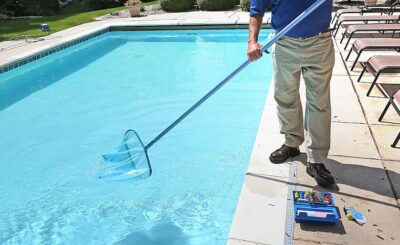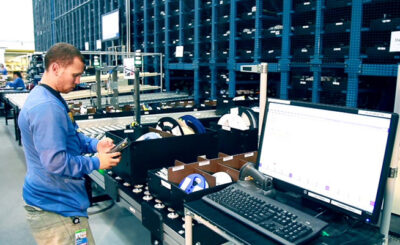Commercial architecture and construction often use concrete. It is one of the most extensively used building supplies in practically all global cities and towns. In reality, we often disregard concrete entirely by looking past it. However, concrete offers some very significant advantages for commercial buildings and architecture. Concrete shoring, a temporary support system method used during the building process of high-rise buildings, is thus recommended by ingénieur échafaudage NadeauSDM specialists.
This article will examine all the benefits of concrete shoring in a high-rise building, emphasizing its significance in guaranteeing structural efficiency and integrity.
Benefits of using concrete shoring in high-rise structures
For higher infrastructures, the majority of commercial and residential developers now use concrete shoring for the following reasons:
- It offers immense strength and durability.
To guarantee that a structure lasts long, durability and strength are the most important factors when choosing a construction material. For most builders, concrete is a reliable choice when considering this.
- Hardens easily
Concrete construction is the easiest construction material accessible. No “optimal temperature” must be reached when concrete is set and hardened. It only becomes harder and more potent at room temperature.
This is because it is an inorganic material naturally attached at low temperatures. Therefore, concrete construction can continue without delay due to weather conditions.
- Pressure and heat-resistant
Concrete does not conduct heat efficiently in comparison to steel and wood. It can withstand extended periods of extremely high temperatures. Similarly, ordinary concrete’s compound structure makes it highly resilient to pressure.
- Efficient building process
Concrete shoring systems offer solid and safe environments for practical construction work. Construction components may be appropriately placed and aligned with easily adjustable parts, shortening project completion times.
- Water-resistant
Concrete is more resistant to the harmful impacts of water than steel and wood. Plain and reinforced concrete may gradually disintegrate due to chemicals in the water, though.
However, the material is not severely degraded when exposed to simple water. This makes it perfect for building utility buildings like dams, canals, and pipelines.
The fact that more than 10 billion tonnes of concrete are produced annually is not shocking. However, selecting the right tools for the job is the most important component of any paving operation. Even though concrete offers numerous advantages for industrial buildings, if the proper tools are not utilized for the job, making and installing concrete may go wrong very quickly.








